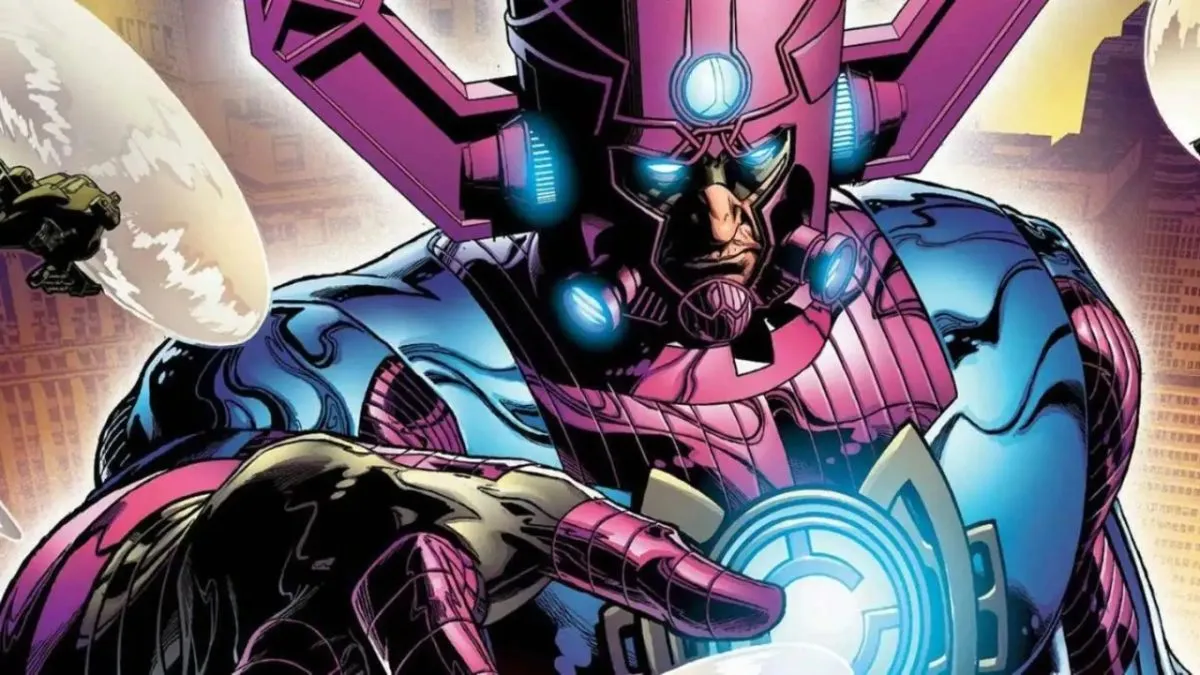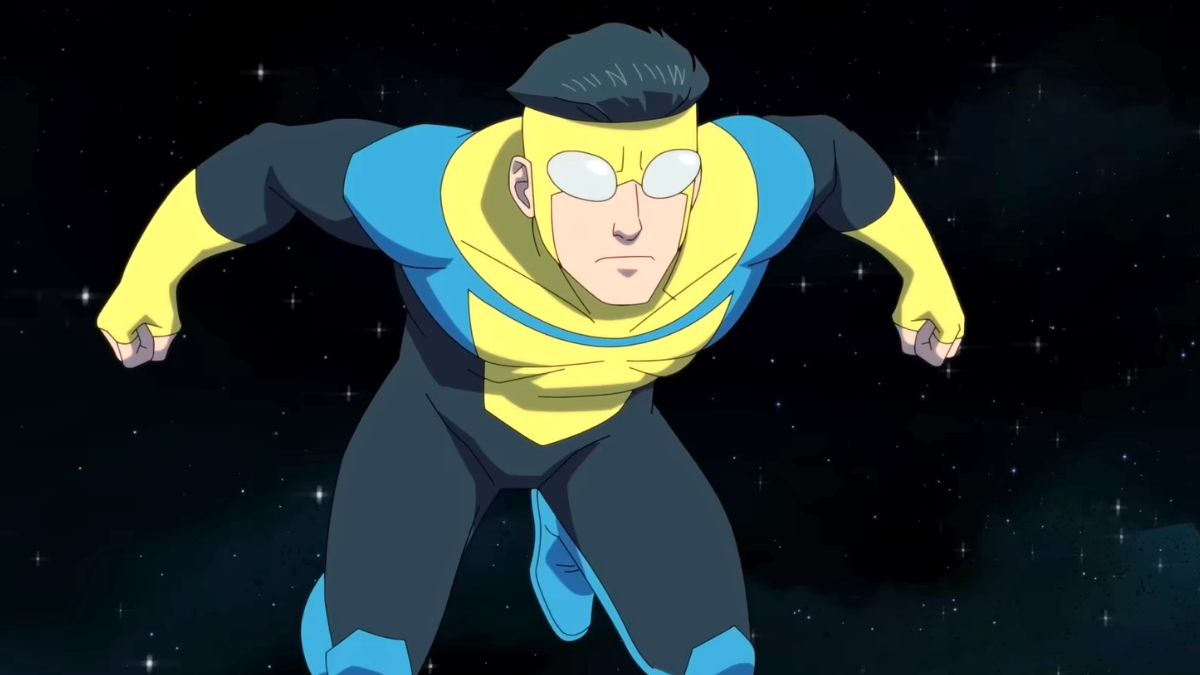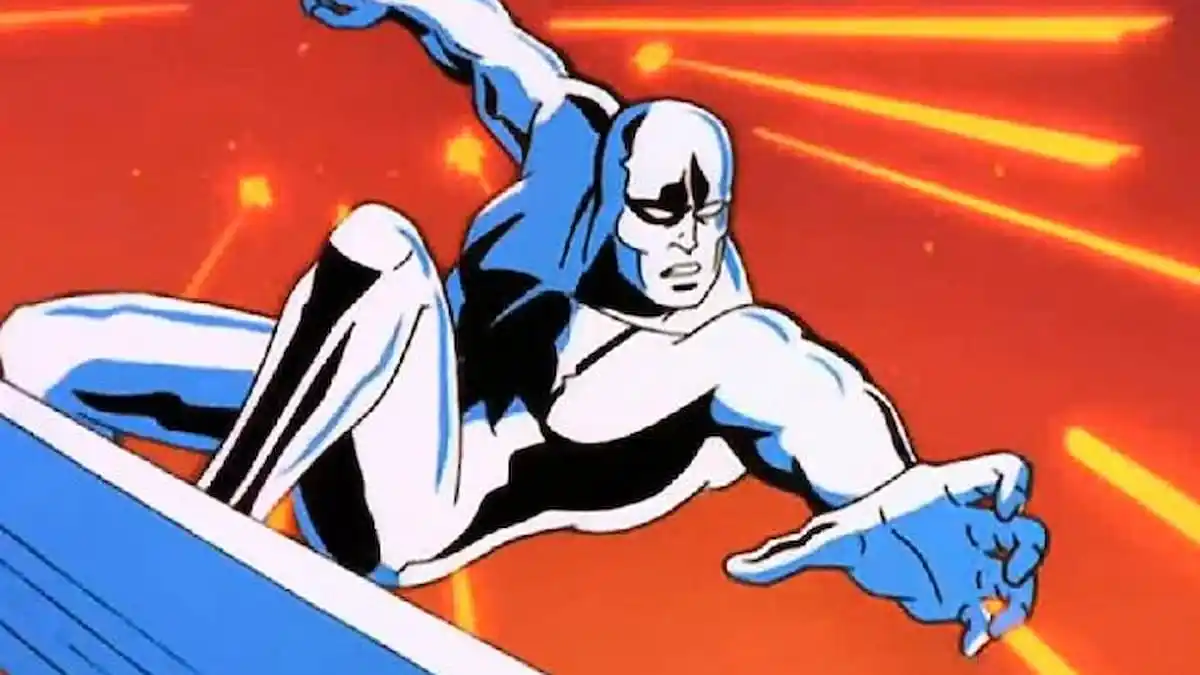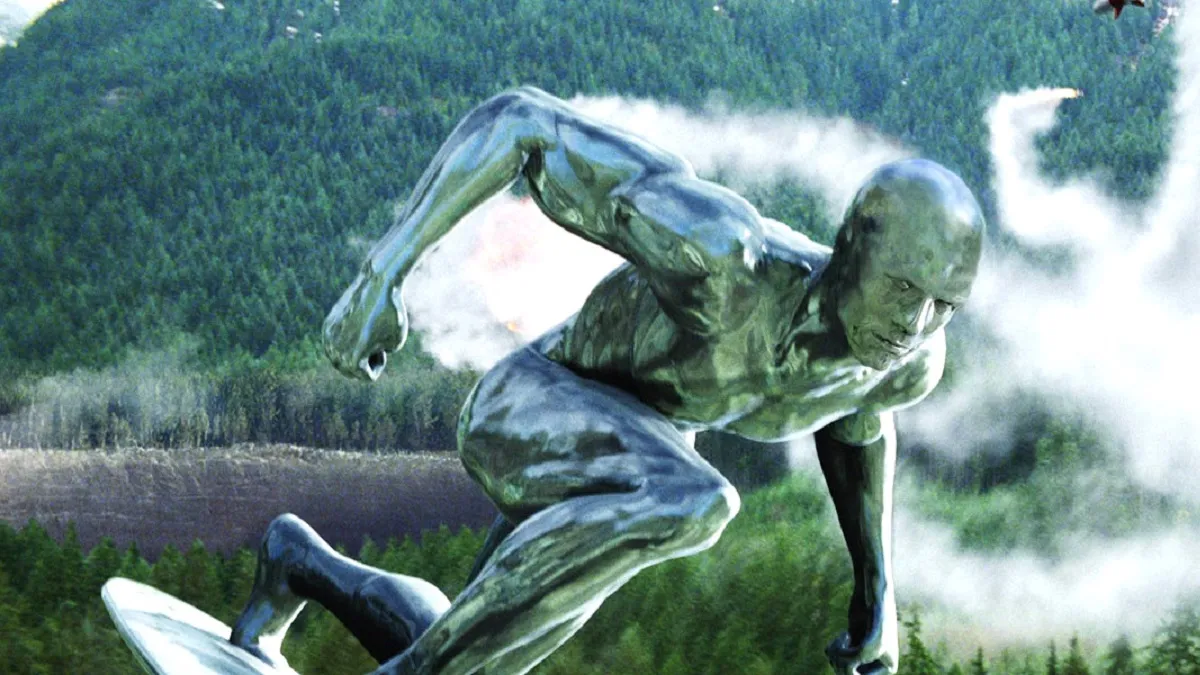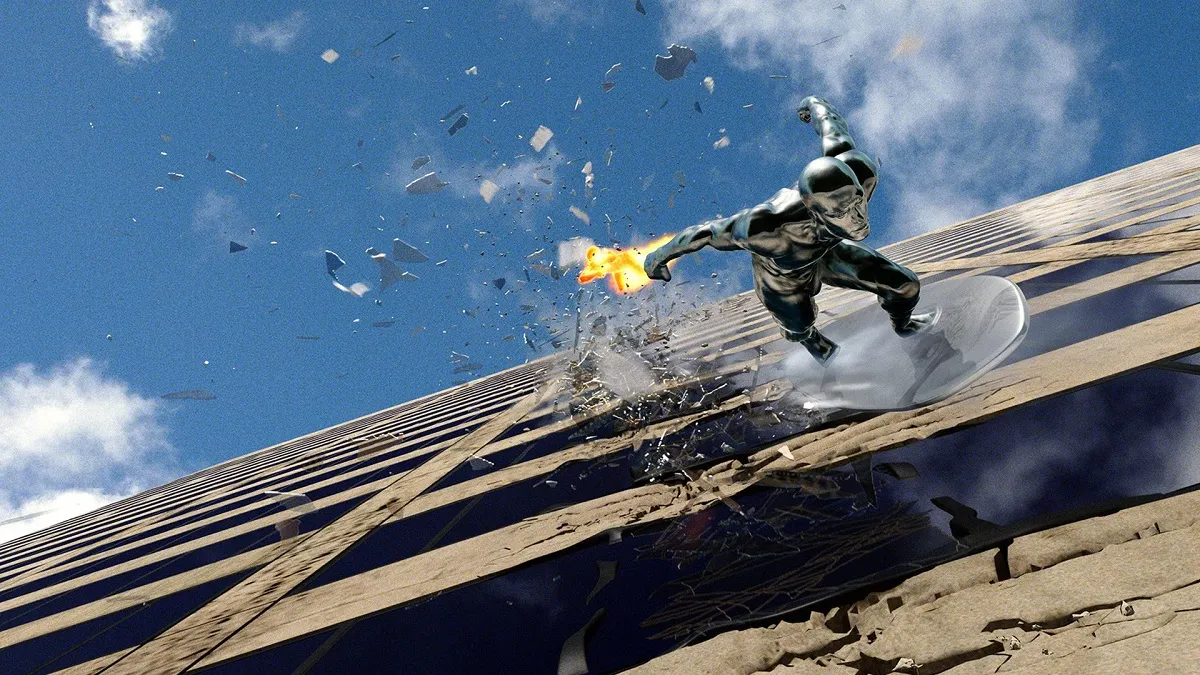Jack Kirby earned the nickname ‘King’ for a good reason. No other writer or artist has influenced comic books like the Manhattan native. Although he described comics as a “form of art that anyone can do with a pencil and paper,” Kirby was a prolific all-rounder who left us with a galaxy of works and a multiverse of characters few can match.
When he was 14, Jack Kirby left the Pratt Institute just one week after enrolling. He later explained to The Comics Journal that it was because he “intended to get things done,” and he meant it. While many top comic artists struggle to complete three pages a day, the mainly self-taught Kirby regularly finished five. For the first half of his career, he was famous for his collaborations, particularly with Joe Simon and Stan Lee. But some of his greatest creations, packed with his trademark scope and imagination, arrived when Kirby worked independently. The influence of the later comic runs he devised, scripted, and drew is immense.
The Golden and Silver Ages of comics wouldn’t be the same without him. The Modern Age would be dramatically different. His mark on popular culture is immense. He played a significant role in defining what we read in comic books and how we read them. As this list shows, when you step into a movie theater to watch the next big Marvel or DC release, the chances are that some Kirby is running through it.
No one told superhero tales like Jack ‘King’ Kirby. Here are his greatest comics, all of which you have to read.
The Fantastic Four (1961)

Where better to start than Marvel’s most famous family? Alongside Stan Lee, Kirby produced a phenomenal run of 108 issues of The Fantastic Four (including six annuals). Together they pioneered the ‘Marvel method,’ where Kirby turned his art over to Lee for dialogue rather than working from a set script. It worked so well that Marvel adopted it as standard practice within a year of the super team’s 1961 appearance.
Although each of the creators involved in the Four’s creation had different takes on how it happened, these superheroes sit easily in Kirby’s legacy (developing the idea he began with DC’s Challengers of the Unknown in the 1950s). Most importantly, this is where the Marvel we know started, where Kirby and Lee combined as creators and naturalism and imagination collided on the page. This is an unmissable Kirby run, from the emergence of the Moleman’s Moloids in his first issue to Magneto’s manipulation of the Sub-Mariner in his last. Fittingly, it was around the halfway point that Galactus arrived, and Kirby’s set up the cosmic foundations for future comics.
Superman’s Pal Jimmy Olsen (1970)

When Jack Kirby jumped to DC Comics (the famous ‘Kirby is coming’ adverts ran in 1970), his main obstacle was his reputation. How could he respond? By creating a story on a scale never before seen in comics, of course! He developed three titles to carry his epic Fourth World saga⏤New Gods, Mister Miracle, and Forever People⏤all of which he scripted and drew. When the saga’s launch was delayed, a big responsibility fell on the DC comic Kirby had inherited (although he was careful not to take one away from a fixed creative team). Darkseid and the New Gods stepped into the multiverse in the unassuming pages dedicated to Jimmy Olsen.
The Demon (1972)

The Demon Etrigan and his human host Jason Blood proved to be another lasting creation for DC, not that Kirby was too happy about it. After the untimely cancellation of his Fourth World books, and despite his reluctance to work on horror stories, he ended up turning in 16 issues after the first sold well. Throughout the run, Kirby packed magic and Arthurian legend into a creation that, like a certain grey/green Marvel antihero, owed a fair bit to Jekyll and Hyde. Well worth a read to see the levels Kirby worked to even when he wasn’t entirely inspired.
Captain America (1940 / 1964)

Jack Kirby was there for both parts of Cap’s career. He created the character with Joe Simon, aged 24, and was part of the creative team that dispatched the Star Spangled Man with a Plan to WWII. Though Simon and Kirby left after issue 10, the superhero’s journey continued through the slump of the Golden Age of comics until his title ended in 1949.
In March 1964, Kirby brought Captain America to the Silver Age in Avengers #4. This miraculous reappearance followed a suggestion from Stan Lee and a crafty dry-run when a familiarly costumed imposter appeared in an issue of Strange Tales. Emerging from suspended animation, Cap then took the lead in Tales of Suspense, with Kirby drawing most issues between 1964 and 1968. Returning to the character in 1976, Kirby’s Madbomb! Storyline showcased him at his dynamic best, mixing action with social and political commentary to stunning effect.
Amazing Adventures (1970)

Amazing Adventures was the first comic series to carry the title Marvel Comics and has a good claim on kick-starting the Silver Age. In the second volume of the title, nearing the end of a highly successful run at the publisher, Kirby unleashed The Inhumans Saga. Literally dynasty building, this short-run gives a good indication of what he would attempt when he moved to DC.
Kamandi The Last Boy on Earth (1972)

Kirby’s five years at DC during the 1970s may have been the most productive of his career. That’s astonishing, considering the disagreements and cancellations that filled them. Like OMAC, Kamandi was a character Kirby handed over to others when he returned to Marvel. Set in a post-apocalyptic future packed with evolved animals, it mined Kirby’s back-catalog as much as the popularity of Planet of the Apes. The Last Boy’s existence has always tiptoed around the broader DC multiverse, and it may be that freedom that makes Kirby’s original run of 40 issues one of his most rewarding reads.
The Eternals (1976)

The Eternals’ key role in the MCU’s Phase 4 shows they’re yet another of Jack Kirby’s creations with staying power. In this case, millions of years worth. Kirby arrived back at Marvel from DC in 1976, still smarting from the early cancellation of his Fourth World epic. He would mine the same combination of science fiction and mythology to shape the history of the Celestials, and their creations, before that also reached an untimely end after 19 issues. This run features some of Kirby’s most incredible intergalactic artwork, never better than when he framed futuristic technology next to ancient civilizations.
The New Gods: Hunger Dogs (1984)

Nearly a decade after his Fourth World saga ended, DC’s reprint presented Kirby with the chance to complete his story. After the sublime heights of the original 11-issue sequence, like the multi-layered storyline The Glory Boat, the graphic novel Hunger Dogs couldn’t satisfy everyone. But Hunger Dogs retained the scope and ambition of the epic as it completes Kirby’s involvement with his extraordinary creation.
2001: A Space Odyssey (1976)

Kirby was also a masterful adapter of films and tv shows. He worked on an atmospheric retelling of TV show The Prisoner alongside fellow comic legend Gil Kane for Marvel in the mid-1970s, although it remained unpublished for years. More successful was Kirby’s adaptation of Arthur C. Clarke and Stanley Kubrick’s 2001: A Space Odyssey, which he signed on to produce as part of his return to Marvel. Its Treasury edition format showcased Kirby’s fantastic art at tabloid size. Kirby didn’t just adapt the film; he added new material from Clarke’s novel and earlier scripts and expanded on it in a 10-part series that introduced new characters like Machine Man.
Incredible Hulk (1962)

Kirby’s work on The Incredible Hulk is rightfully among his most famous. The story of how Doc Bruce Banner turned into the ever-lovin’ Hulk has been retold many times, on the page and screen, but never better than in Kirby’s masterpiece panels. Kirby penciled the first five issues, taking the antihero from gamma explosion to the gladiator armor he’d wear a few more times over the years.
Devil Dinosaur (1978)

Finally, a bona fide Kirby cult classic. Devil Dinosaur is a flipped version of Kamandi, commissioned by Marvel during a peak in dinosaur popularity. Featuring the crimson reptile of the title, accompanied by his ape-like friend, Moon Boy, Kirby penned and penciled nine issues. Outrageous powers, ludicrous plot points, and zany scenes⏤it’s a great example of what one of comics’ great imagineers had in endless supply. Surely it’s only a matter of time before Devil Dinosaur arrives in the Marvel Cinematic Universe.


